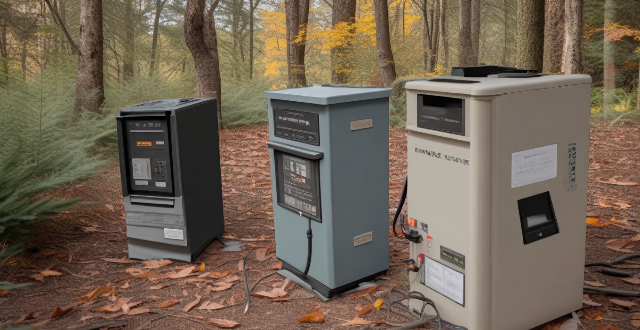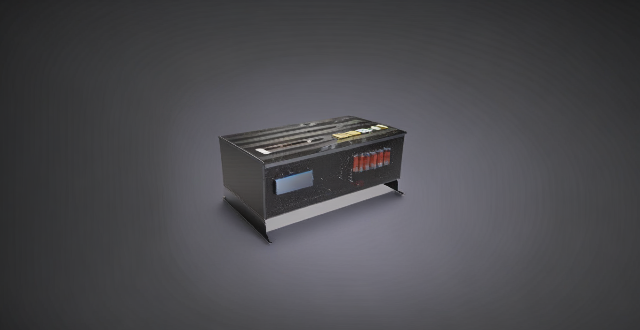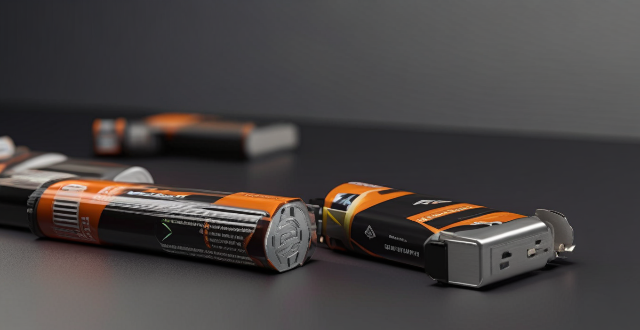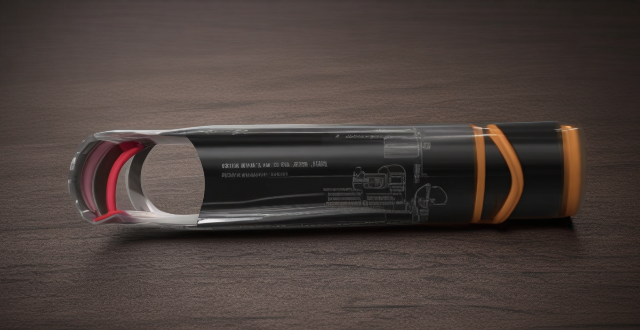Zinc Pain

Are zinc-carbon batteries safe to use ?
Zinc-carbon batteries are a common type of battery used in many household devices, such as flashlights, remote controls, and toys. While they are generally safe to use, there are some precautions that should be taken to ensure their proper handling and disposal. These include avoiding short circuits by keeping the terminals from touching each other or any metal objects, storing them in a cool, dry place away from extreme temperatures and out of reach of children and pets, and disposing of them properly at a recycling center or store that accepts used batteries. Despite these precautions, zinc-carbon batteries offer several benefits, including being cost-effective, widely available, and having a long shelf life.

How do zinc-carbon batteries work ?
Zinc-carbon batteries are primary, single-use batteries that generate electricity through a chemical reaction involving zinc and carbon. Their construction includes an anode of zinc, a cathode of manganese dioxide mixed with carbon, an electrolyte, a separator, and a container. When in use, zinc is oxidized at the anode, releasing electrons and zinc ions, while the cathode accepts electrons and reduces manganese dioxide. This flow of electrons creates an electrical current. Over time, the battery discharges as the materials are used up, requiring replacement. Proper disposal is crucial to prevent environmental pollution from their heavy metal components.

How long do zinc-carbon batteries last ?
Zinc-carbon batteries are a type of primary battery that has been widely used since the late 19th century. They are known for their reliability, low cost, and ability to provide a steady voltage output over time. However, like all batteries, zinc-carbon batteries have a finite lifespan, which depends on several factors such as battery quality, device requirements, discharge rate, and environmental conditions. To maximize their longevity, it is recommended to store them properly, use high-quality batteries, rotate batteries in devices that require multiple batteries, and avoid draining them completely.

How much energy does a zinc-carbon battery produce ?
The energy production of a zinc-carbon battery is determined by factors such as its size, voltage, and capacity. The process involves a chemical reaction between zinc and manganese dioxide, where larger batteries typically yield higher energy output due to more reacting material. The nominal voltage of a standard zinc-carbon battery stands at 1.5 volts, and the total energy can be calculated by multiplying this voltage with the current over time. Capacity, measured in ampere-hours (Ah), represents the maximum charge a battery can deliver. For instance, an AA-sized zinc-carbon battery with a 0.8 Ah capacity can produce approximately 1.2 watt-hours or 0.0012 kilowatt-hours of energy under ideal conditions.

Are there any specific safety precautions to follow when using zinc-carbon batteries ?
Zinc-carbon batteries, widely used in various applications, require certain safety precautions to prevent damage and injury. These include avoiding short circuiting, proper storage in cool, dry places, keeping them away from children and pets, disposing of them properly, using appropriate battery holders, inspecting regularly for damage, following manufacturer's instructions, not mixing different battery types, replacing all at once if needed, handling with care, and consulting professionals if unsure. By adhering to these guidelines, one can ensure the safe and efficient use of zinc-carbon batteries.

Can zinc-carbon batteries be recharged ?
Zinc-carbon batteries, commonly used in devices like flashlights and radios, are not designed to be recharged due to their chemical composition and physical structure. Attempting to recharge them can lead to safety risks and efficiency issues. Alternatives like nickel-metal hydride and lithium-ion batteries offer better performance and environmental benefits.

What are the advantages of zinc-carbon batteries ?
Zinc-carbon batteries are primary batteries used in devices like flashlights, radios, and remote controls. They offer several advantages: 1. Low Cost: Affordable and ideal for devices requiring frequent battery replacements. 2. Long Shelf Life: Can be stored for extended periods without losing charge. 3. Wide Availability: Easy to find in various sizes and formats. 4. Environmental Impact: Recyclable, reducing environmental impact compared to disposable alkaline batteries. 5. Versatility: Suitable for a wide range of low-power applications. 6. Leak Resistance: Less prone to leakage than other types of batteries. 7. Safety: Poses a lower risk of explosion or fire compared to lithium-ion batteries.

What are the differences between zinc-carbon and alkaline batteries ?
Zinc-carbon and alkaline batteries differ in terms of chemical composition, energy density, discharge rate, leakage risk, and cost. Zinc-carbon batteries have a lower energy density and discharge rate but are cheaper and have a lower risk of leakage. Alkaline batteries offer higher energy density, discharge rate, and better performance for high-drain devices but are more expensive and have a higher risk of leakage. The choice between the two depends on the specific needs of the device and budget constraints.

Is it true that exercise can help manage chronic pain conditions ?
Exercise can help manage chronic pain conditions by reducing pain intensity, improving physical function, enhancing quality of life, and increasing energy levels. It is important to consult with a healthcare professional before starting any exercise program and to start slowly, gradually increasing intensity over time while listening to your body's responses.

Can zinc-carbon batteries be used in all types of devices ?
Zinc-carbon batteries are versatile but not universally applicable due to voltage, current, chemical compatibility, and physical size constraints.

What should I do if I experience pain during exercise ?
Pain during exercise can be a sign of injury or overexertion. To prevent and manage pain, it is important to warm-up properly, stretch regularly, pay attention to your body's signals, incorporate cross-training, take breaks, drink plenty of water, use proper form, rest and recover, and seek medical advice if necessary. By following these steps, you can reduce the risk of injury and improve your overall fitness.

Are there any environmental concerns with the disposal of zinc-carbon batteries ?
Zinc-carbon batteries, widely used in everyday devices, pose significant environmental concerns due to the presence of hazardous materials and disposal challenges. To mitigate these concerns, it is recommended to educate the public, improve recycling infrastructure, and support research and development of alternative battery technologies.